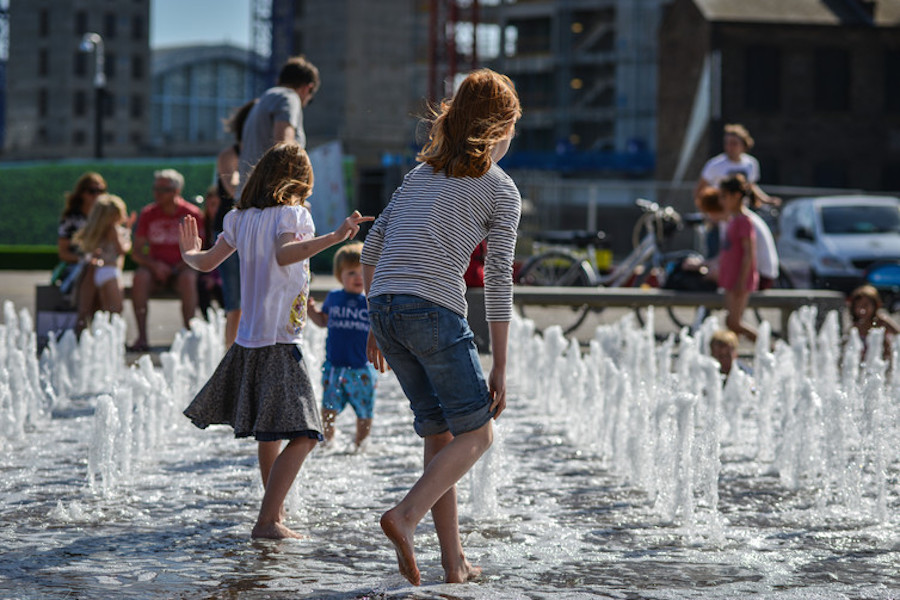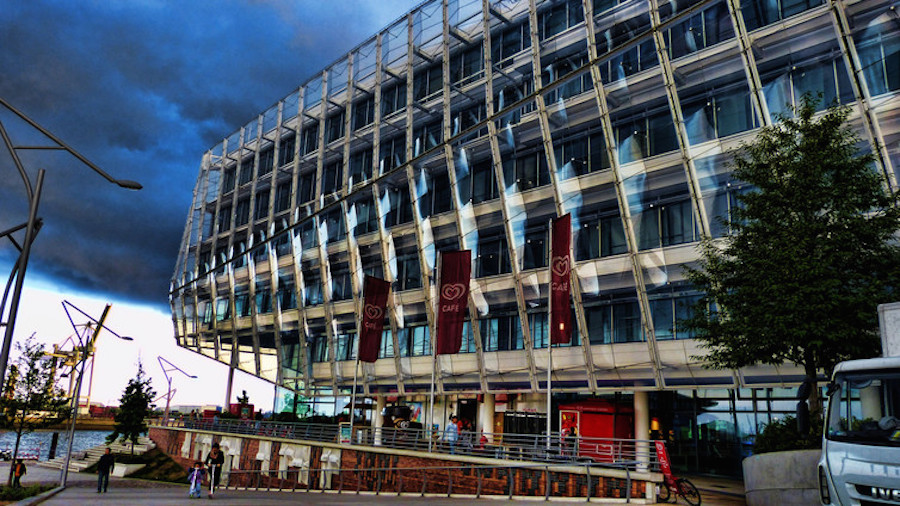Recently, San Francisco’s parks department tested a policy which allowed groups to pay to reserve areas of grass in Dolores Park. Although the authority hurriedly backtracked after an outcry from local residents, this incident represents a worrying global trend towards the privatisation of public spaces.
Across the world, parks, plazas and promenades – which were once in the hands of public authorities – are coming under the control of private corporations.
In some cases, you won’t even notice the difference. For instance, the recently regenerated area around Kings Cross in London features one of the largest open spaces in Europe; it is publicly accessible, but ownership remains in private hands.
In other cases, the consequences are more troubling. Earlier this year in Little Stoke, south Gloucestershire, the parish council became the first in the world to vote to charge Parkrun – a free running event that is organised in 12 countries – a fee to use its grounds. The run was subsequently cancelled.
Meanwhile, in London, an old adventure playground in Battersea Park has been replaced by an ordinary swings and slides park, and a new “Go Ape” tree-top adventure ground, which costs £18 for a small child to use.
From our partners:
What’s more, open spaces are increasingly being created within gated communities, where access is restricted to those who can pay to live there. An extreme example of this can be seen in the branded housing projects, which are providing most new open space in Istanbul – a city where only 1.5% of the land is dedicated to public, green spaces.
Why privatise?
Part of the explanation for this trend is that local authorities are increasingly using existing public spaces to raise funds, by charging for events or leasing their spaces to companies. In many cases, cash-strapped authorities are suffering from public sector cuts, and trying to improve or maintain their open spaces by entering into deals with private organisations.

For instance, the UK government has introduced Business Improvement Districts, where local businesses pay a levy to secure extra developments or services in their area. But these arrangements have been criticised for prioritising commercial interests, rather than focusing on what will benefit the community.
Internationally, the public sector is under no obligation to provide public spaces, so in many cases, there’s no incentive for authorities to forgo opportunities to privatise them. What’s more, many local governments have realised that attractively designed and well-maintained spaces can help to attract investors and certain types of users (namely, people with spending power).
Exploring the options
Universities and public sector organisations around the North Sea are researching alternative approaches to privatisation, as part of a project called Making Places Profitable.
The Municipality of Emmen, in the Netherlands, experimented with a radical approach, giving power to the local people. Citizens were given responsibility for the management of public spaces, while local community councils were given budgetary controls, as well as the chance to test a locally-managed maintenance standard.

And in Hamburg, the publicly-owned waterfront regeneration company – HafenCity GmbH – required Unilever to open up the ground floor of its new world headquarters to the public, as a condition for planning permission. These experimental approaches are still few and far between, and their long-term impacts are not yet clear.
Yet it’s vital for cities to find ways to preserve, manage and create new public spaces. For one thing, the physical and mental health benefits of using green open spaces are becoming ever more apparent to researchers. But perhaps more importantly, public spaces are the essence of a city. They are physical manifestations of the public sphere; places where different voices in society can be heard, and where people from all walks of life can meet – free of charge.
This feature originally appeared in The Conversation.














